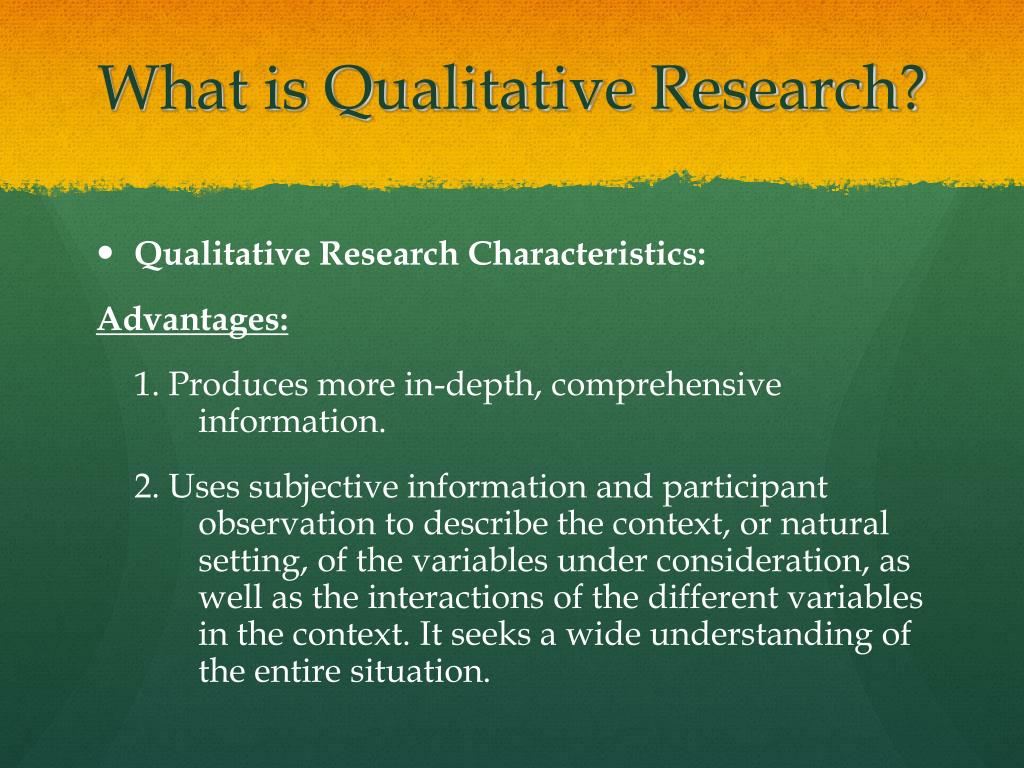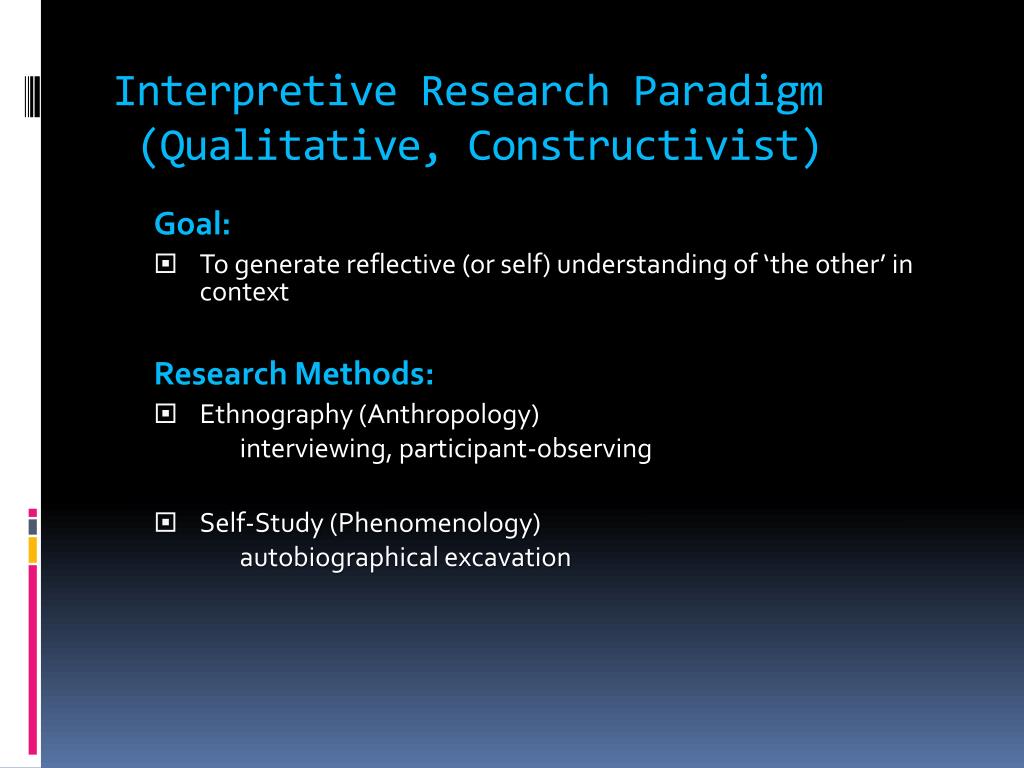

Four distinct main stages are described in this paper: the decontextualisation, the recontextualisation, the categorization, and the compilation. The researcher must choose whether the analysis should be of a broad surface structure ( a manifest analysis) or of a deep structure ( a latent analysis).

The purpose of content analysis is to organize and elicit meaning from the data collected and to draw realistic conclusions from it.

External and internal resources have to be identified, and the researcher must consider his or her experience of the phenomenon to be studied in order to minimize any bias of his/her own influence. The groundwork for the credibility initiates when the planning of the study begins. This paper describes the research process – from planning to presentation, with the emphasis on credibility throughout the whole process – when the methodology of qualitative content analysis is chosen in a qualitative study.


 0 kommentar(er)
0 kommentar(er)
